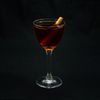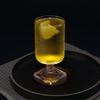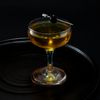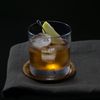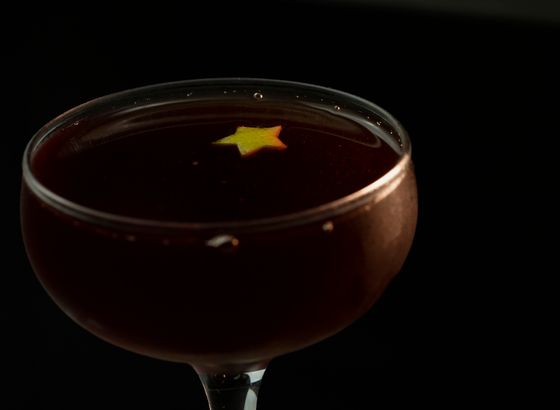 NO
193
NO
193
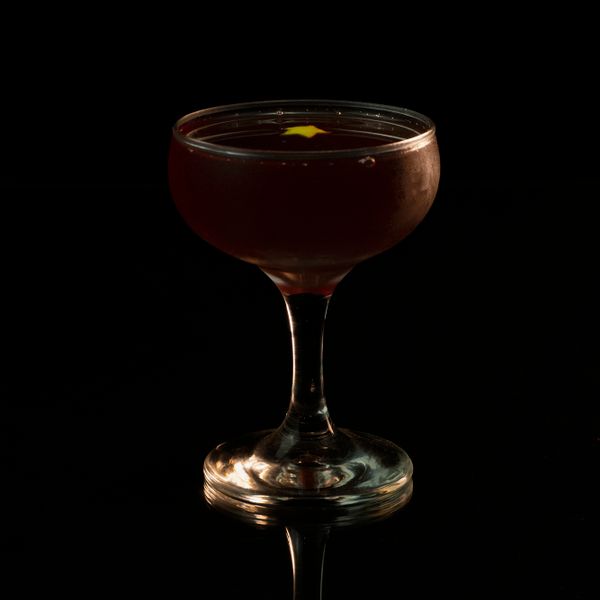
The star cocktail is about as old as its progenitor, the Manhattan. The recipe for this classic was first printed in George Kappeler’s 1895 book Modern American Drinks, only four years after the Manhattan first appeared in The Flowing Bowl. The star’s quick appearance after the Manhattan isn’t really surprising, as the drink is not exactly far flung from its more famous counterpart. The substitution of apple brandy for rye, a garnish switch, and a small dash of sweetener are all that separate the two recipes. That said, a base substitution is nothing to scoff at, and the star represents the perfect autumn twist for Manhattan lovers. It is just as easy to compose as other members of the family, making for a drink with excellent chops as an end-of-the-day (or shift) drink. The subtle apple flavors work really nicely with the grape from the vermouth, making for a more pronounced fruit bouquet than one traditionally gets from a Manhattan. Try it when a fun new bottle of apple brandy or calvados finds its way to you, or when a simple apple drink not named the Jack Rose fits the bill for the evening.
While the original drink simply calls for apple brandy, we think a nice calvados helps it stand out from family members by adding a fleshy complexity that isn’t as candylike. Applejack is also fine, but tends to yield a smoother, more straightforward beverage. We like this drink with dolin vermouth rouge: the clean finish matches the crisp brightness of the apple, and the healthy does of spice pairs nicely with the drink’s fall palette. The star cocktail also sports one final not-so-insignificant detail: it replaces the famous maraschino cherry with a lemon peel. This fine addition helps further the lighter, fruiter profile of the drink. If you are feeling spunky and have a star stencil in the house, this drink is perfect for a groan-worthy garnish; just make sure to expel a bit of lemon oil on the rim of the glass before chopping away all that delicious flavor.



